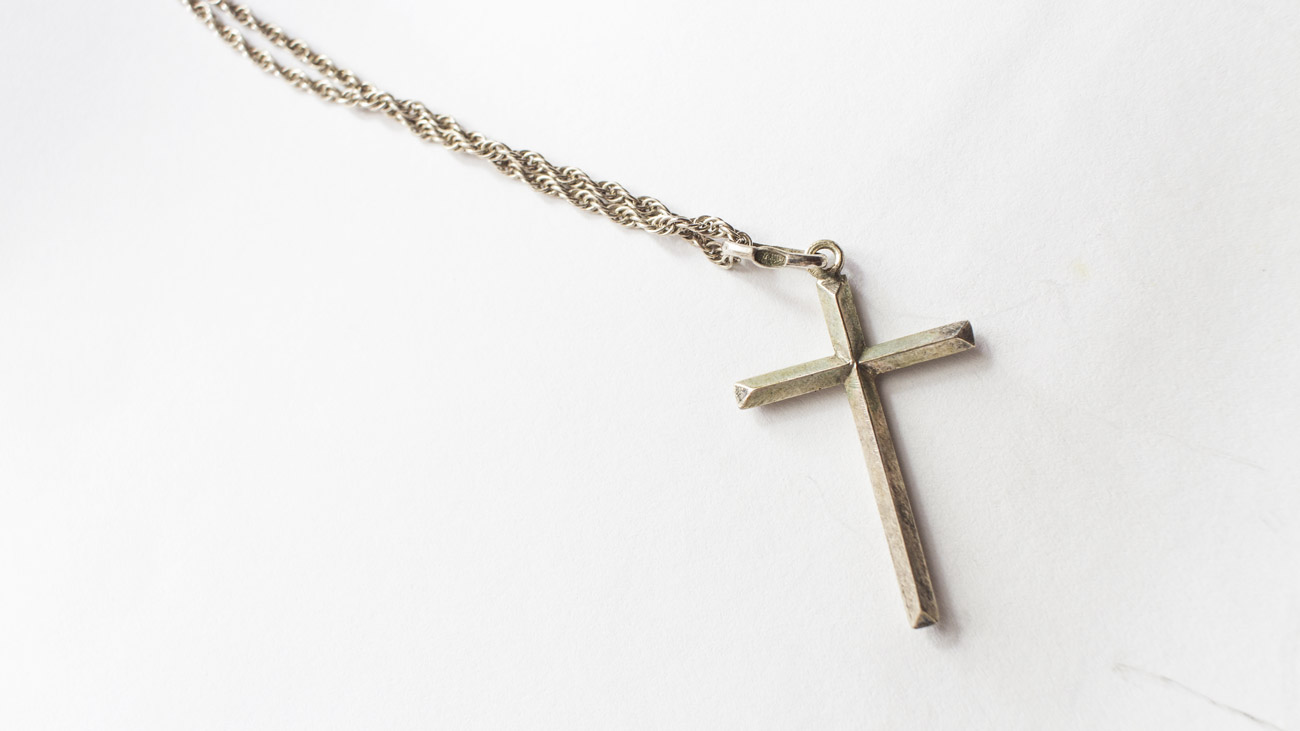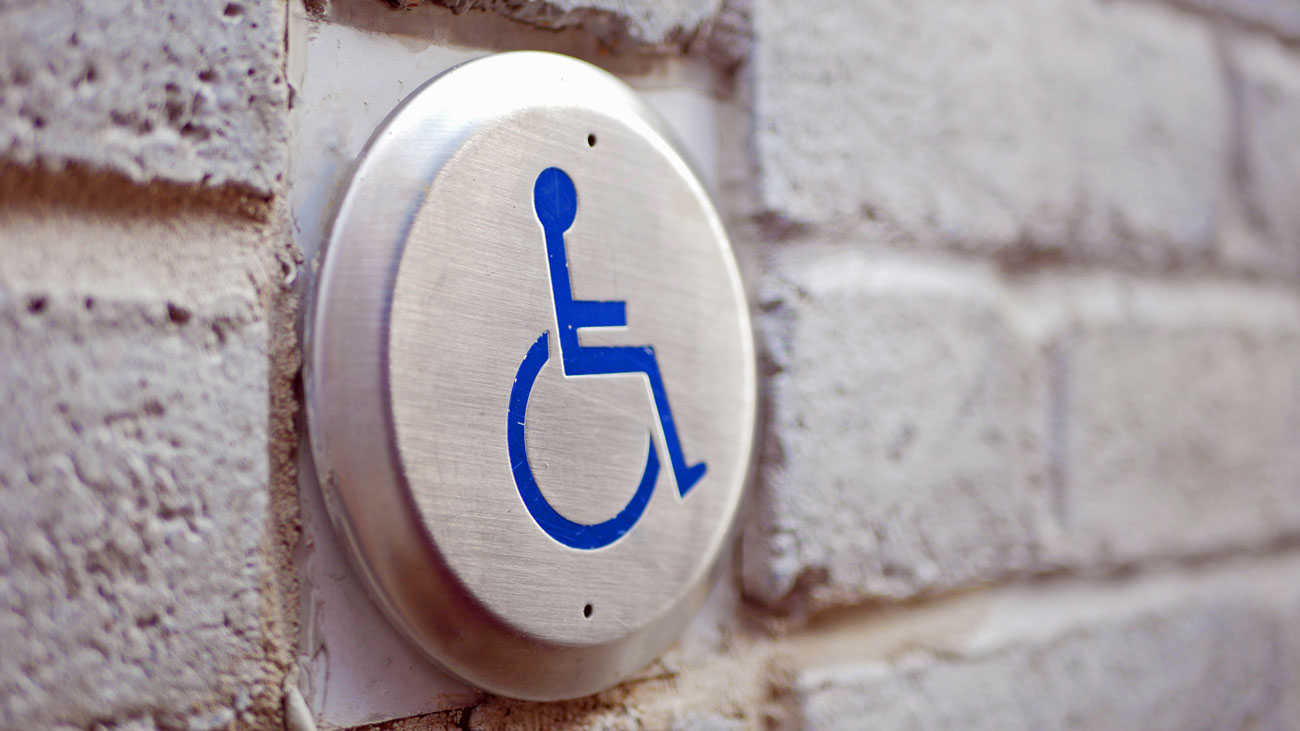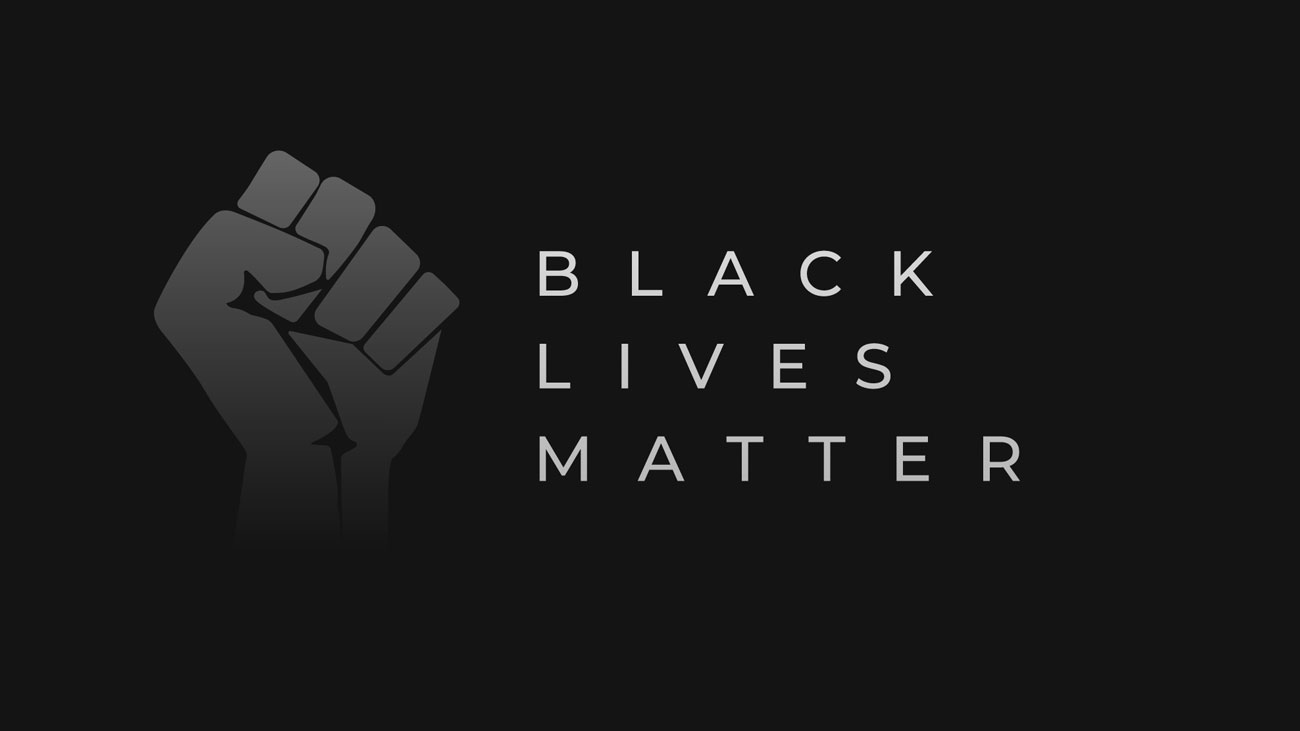
Nurse banned from wearing cross was unfairly dismissed
A Catholic nurse who was forced to resign after she was banned from wearing a cross around her neck was unfairly dismissed, an Employment Tribunal has ruled. Theatre practitioner Mary Onuoha had worked at Croydon University Hospital for 18 years when she alleges bosses subjected her to a “campaign of harassment” in an effort to make her remove the cross.
The hospital claimed they were adhering to health and safety policies in demanding she remove the cross, but the Tribunal found this did not correlate with the treatment of other staff who wore similar items of clothing and jewellery.
Mrs Onyoha said:
“My cross has been with me for 40 years. It is part of me, and my faith, and it has never caused anyone any harm. At this hospital there are members of staff who go to a mosque four times a day and no one says anything to them. Hindus wear red bracelets on their wrists and female Muslims wear hijabs in theatre. Yet my small cross around my neck was deemed so dangerous that I was no longer allowed to do my job. I am a strong woman but I have been treated like a criminal.”
Mrs Onuoha had worn the jewellery since day one of her employment, but from 2015 she claims a succession of managers told her to remove the item from around her neck. When she continued to refuse to remove the cross, she was suspended from clinical duties and demoted to working as a receptionist, which left her feeling humiliated.
The Tribunal heard she was forced off work with stress in June 2020 and felt she had no other choice but to resign later that year, after her employers created “an offensive, hostile and intimidating environment” at work.
The Employment Tribunal panel did not agree that there were health and safety grounds for asking Mrs Onuoha to remove the necklace. It said:
“It is clear to us that the infection risk posed by a necklace of the sorts the Claimant used to wear, when worn by a responsible clinician such as the Claimant, who complied with handwashing protocol, was very low.”
The Tribunal also found that Croydon Health Services NHS Trust constructively dismissed Mrs Onuoha and that the dismissal was unfair and discriminatory.
The Tribunal concluded:
“In our view the conduct which we have identified as amounting to harassment and/or direct discrimination individually or cumulatively was sufficiently serious so as to be likely to destroy or seriously undermine the relationship of trust and confidence. We do not accept that the Respondent had reasonable and proper cause for its conduct. There was a broad health and safety objective underlying much of the conduct. However, given the inconsistency of treatment between employees wearing other items of religious and non-religious apparel that had no work-based function but had a comparable risk profile, that simply did not justify the treatment of the Claimant.”
A spokesperson for Croydon Health Services NHS Trust said:
“We would like to apologise to Mrs Onuoha and thank the Employment Tribunal panel for their careful consideration of this matter. It is important that NHS staff feel able to express their beliefs, and that our policies are applied in a consistent, compassionate and inclusive way. Since this matter in 2019, our dress code and uniform policy has been updated with the support of the Trust's staff networks and trade union representatives to ensure it is inclusive and sensitive to all religious and cultural needs, while maintaining effective infection prevention and control measures and protecting the safety of our patients and staff. However, we will carry out a further review of our policy and practices in light of this judgment.”
Employers should be careful not to set dress codes that prohibit religious symbols or clothing that do not interfere with an employee’s work. A dress code must not directly or indirectly discriminate against employees with a particular religion or belief or no religion or belief. There are some exceptions that should be considered on a case-by-case basis. For example, wearing a religious symbol on a chain may be more of a health and safety risk when the employee’s role involves working with machinery with which it could become entangled than where their role is office-based. For other roles there may be security justifications for not allowing an employee to wear clothing that makes it hard to verify their identity.







